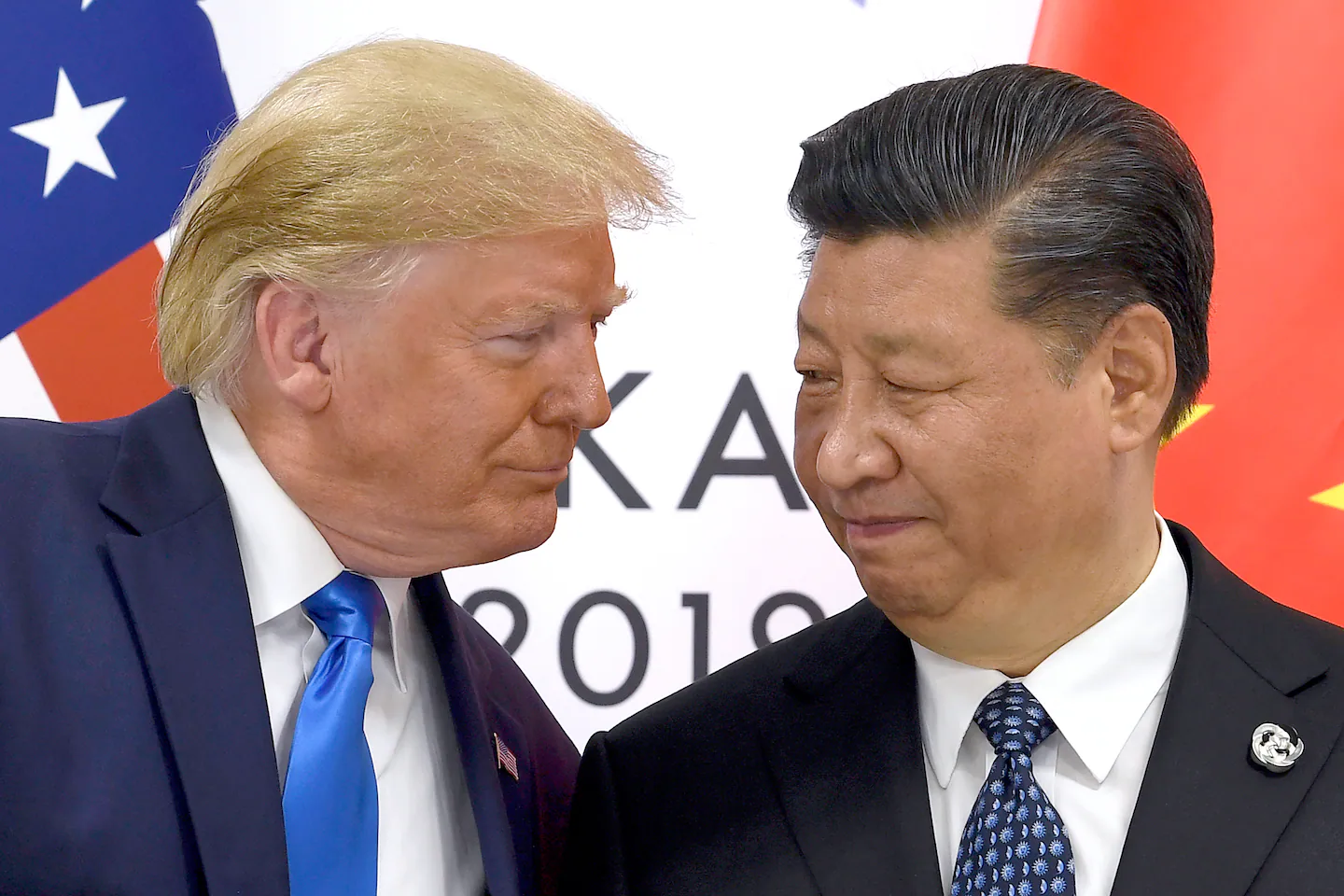Copyright thehindubusinessline

Every year, when the Global Innovation Index (GII) is released, governments rush to make celebratory statements. India is no exception. Since 2020, India has climbed from Rank 48 to Rank 38 in 2025. It looks like steady progress. But before congratulating ourselves, we should ask a basic question - Is India genuinely becoming more innovative, or is the very method of measuring innovation changing beneath our feet? Unlike GDP or inflation, which follow consistent rules, the GII can be described as a “living instrument”. Its framework of seven pillars, split between innovation inputs and outputs, has remained intact. Yet the fine print keeps changing. Indicators are added, removed, or redefined depending on data availability or shifting priorities in the global policy agenda. Changing metrics Between 2020 and 2025, the Index altered how it treated venture capital intensity, digital access, patent attribution, regulatory performance, environmental sustainability, and online participation. Earlier editions counted fixed telephone lines as a proxy for connectivity. Later editions switched to mobile penetration, broadband access, and now 5G coverage. Venture capital statistics that were once spread across different sources have been consolidated under PitchBook. Patent ownership is no longer linked to corporate headquarters but to the residence of inventors. These are not minor technical edits but bare significant impact on what constitutes innovation. The 2023 GII leaned towards digital economy indicators. The 2024 edition prioritised green transition metrics. The 2025 report refined the weight of knowledge diffusion and creative exports. A country may rise one year because of its ICT exports, only to fall the next when infrastructure or regulatory capacity receives greater weight. In effect, the ladder is rebuilt while we are still climbing it. Some countries benefit from this fluidity. Small, high-income states such as Switzerland, Singapore, and the Nordic nations invariably top the rankings. Switzerland has consistently been taking the number 1 spot for 13 years now, this is because their compact geography, concentrated research ecosystems, efficient regulation, and focused export structures align perfectly to turn research into patents and exports. Sweden, Finland and Denmark thrive in this ecosystem as well – because the GII rewards a cohesive and homogenous setup - greater broadband penetration, education outcomes and regulatory quality being easier to achieve in such countries. Larger and more diverse countries such as India, China, or Brazil suffer from statistical dilution. Bengaluru’s strength is averaged with rural underdevelopment. Millions of patents or research outputs from metropolitan hubs lose force when spread across vast populations. Brazil, a developing economy faces a similar problem - Sao Paulo’s tech ecosystem cannot keep up with the country’s overall score as rural infrastructure and education remain considerably low. This is not an error. It is a structural bias created by methodological choices. Normalisation is intended to produce fairness, yet it often ends up favouring cohesion over complexity. India’s rise from Rank 48 to Rank 38 is real. But it is also helped by the Index increasingly valuing ICT services, start-up activity, and creative goods, all areas where India performs well. Meanwhile, education, infrastructure, and institutional quality, which remain India’s weak points, are softened through aggregation. China is a clear indicator of how the GII flattens innovation. In 2019, China overtook the US with the number of international patent applications it filed with WIPO, and Shenzhen alone is responsible for more patents filed than most European countries. However, the 2025 GII ranks China at 12 and the US remains in the top 3. Index design The reason for this is not limited innovation in China but rather how the index is conceived – the great strides taken in Shenzhen is flattened across a population of 1.4 billion people. GII that often disregards diversity and heterogeneity, struggles to record scale, unevenness and diversity in the innovation landscape. It rewards uniform and small-scale economies, while disregarding the complex systems of larger-continental countries. Some states have cracked the GII-code. They can climb the innovation ladder with their apt predictions on how the ladder is built. Israel is a case in point - it has ranked in the top 15 consistently because the GII began to favour venture capital and start-up intensity post-2020 - a domain that it leads in. The UAE managed to obtain a higher ranking in 2025 (it rose to the 32nd position) because of its alignment with the Index’s focus on sustainability, green tech and by pouring resources into AI-driven smart city projects. Rwanda and Senegal often considered “innovation overperformers” are examples of how digital finance and governance reforms can catapult smaller economies into the ranking of the GII when fintech adoption are measured better. At this point, the comparison with artificial intelligence becomes useful. AI models produce skewed results when trained on unbalanced data. Facial recognition software struggles with darker skin tones because lighter faces dominate the datasets. Language models perform better in English simply because English texts are over-represented. The problem is not deliberate prejudice but structural design that internalize the norms of the Global north. The GII works in a similar way. It does not discriminate through intention but through measurement. The crucial difference is impact. AI bias can harm individuals directly. GII bias influences policy and perception. A rank can shape funding decisions, investment narratives, or diplomatic reputation. Even when the methodology is explained in the appendices, few policymakers read the fine print. India’s choices So, what should India do? Treat the GII not as a trophy table but as a moving target. Instead of reacting to rankings, India should anticipate what will be measured next. If future editions increase the weight of artificial intelligence readiness, climate technology, or responsible data governance, India must prepare in advance rather than scramble afterwards. Innovation no longer remains a linear function of inputs but is greatly shaped by power and the geopolitical currents of the world. It is a product of efficiency, ecosystems, governance and politics. The Global South begins this race on a historic disadvantage that cannot be overcome with frugal and localised innovation. The Global North, on the other hand, grapples with challenges of more equitable leadership that can transform investment into more efficient and adaptable outputs. India deserves credit for its rise. But real confidence comes not from climbing the ladder more quickly, but from recognizing that the ladder itself is shifting. The smartest players are not those who simply climb. They are the ones who learn how the ladder is built. The 21st century race for innovation cannot be won by those who spend the most but by those who are agile, quick to adapt and are able to govern innovation more efficiently. Singh is Program Coordinator for Law & Critical Emerging Technologies Advanced Study Institute of Asia at SGT University; Garodia is Geopolitical Research Analyst - South Asia at Advanced Study Institute of Asia at SGT University Published on October 23, 2025



